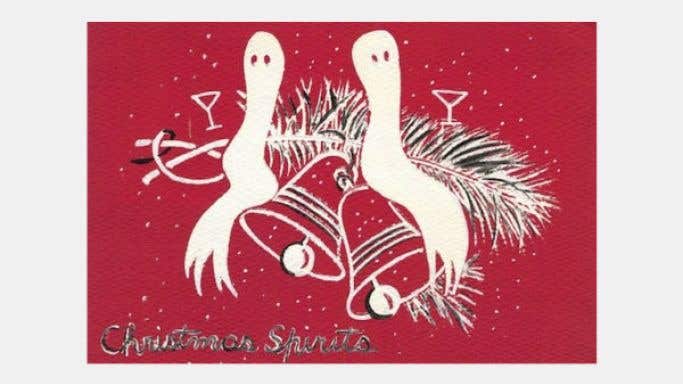A version of this article is published by the Financial Times.
In one respect, I am the wrong person to write about Christmas menus, having been born into a tolerant but definitely Jewish household in Manchester. Yet Christmas did feature in our home, and later, when I became a restaurateur, it took on even greater importance.
I was the one who had to nag our chef at L’Escargot in Soho in the 1980s to write Christmas menus in response to insistent customers’ phone calls that began in early October. I was the one who dealt with the numerous enquiries for our two private dining rooms. I was the one who had to judge how long beyond drinking-up time I would allow the waiters to go on serving alcohol. And I was the one who, as the owner of the business, appreciated how much impact a successful run up to Christmas would have on our annual profitability. It would begin in late November and ended as close to Christmas as possible. This year restaurants’ Christmas seasons will end on Friday 22 December.
In creating the menu, there were conditions. First, there should be a range of dishes for guests to choose from. Secondly, and perhaps most importantly, nobody was allowed to pre-order. (If they were, it was guaranteed to lead to disaster as customers would forget what they had ordered or simply change their minds on the day.) Finally, there was to be as little Christmas fare as possible.
This last, rather unexpected, demand from my chef was the result of several factors. First, he realised that however good a roast turkey is – and today’s birds can be fabulous – they must be carved in front of the guests, as Charles Dickens acknowledged at the end of A Christmas Carol. This would take up valuable staff time.
Secondly, he was eager to keep his kitchen staff motivated until Christmas Eve. And finally, there was the encroaching importance of food intolerances; increasingly, a communal Christmas menu was unlikely to satisfy anyone but the unfortunate table for one.
What I, and many other restaurateurs, were doing then has grown more common today in my opinion.
‘At Le Gavroche we tend not to go too Christmassy', says Michel Roux Jr, ‘although the lunch menu will always have bûche de Noël [Yule log] all through December – a much lighter version, not crème au beurre.’
The sheer number of restaurants today has possibly led to a touch of familiarity breeding contempt. A meal in a restaurant is not quite the special event that it once was. While that could be regarded as the jaundiced view of someone who eats out for a living, it is also surely true. And I believe restaurateurs must bear some responsibility.
Today’s Christmas menus have lost some of the key components that made them easily distinguishable as menus for this festive season. Where are today’s visually exciting Christmas menus? After all, if ever there was a time of year when producing a stunning-looking menu would pay dividends then surely it must be at Christmas? The 1920s and 1930s were the golden decades of menu design, as the combination of restaurateurs taking advantage of the marketing potential of their menus aligned itself with the growing skills of so many graphic artists. Yet the designers who created the exquisite matchbook covers and menus for The Berkeley Hotel in London and the Mayflower Hotel in Washington DC are no longer with us. (The Christmas Spirits matchbook cover shown above is from Love Menu Art in the US.) Today, I and many others have ignored the potential for special seasonal designs – stupidly, I believe.
Still, if the visual pleasure of the Christmas menu has receded, this lacuna has been more than replaced by the rise in the quality of what is actually on offer. The overall quality of all those traditional ingredients – from the smoked salmon to the turkey, the Stilton or Stichelton, the Christmas pudding and all the vegetarian and fish options – has never been higher.
Bon appétit!

